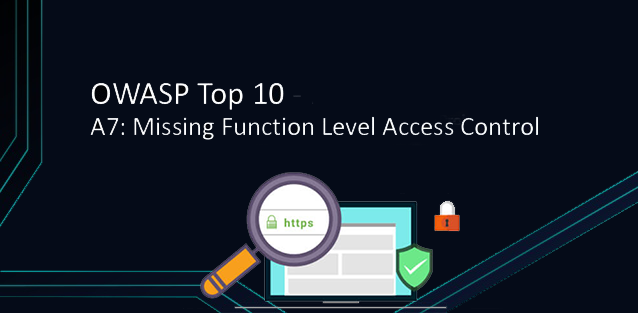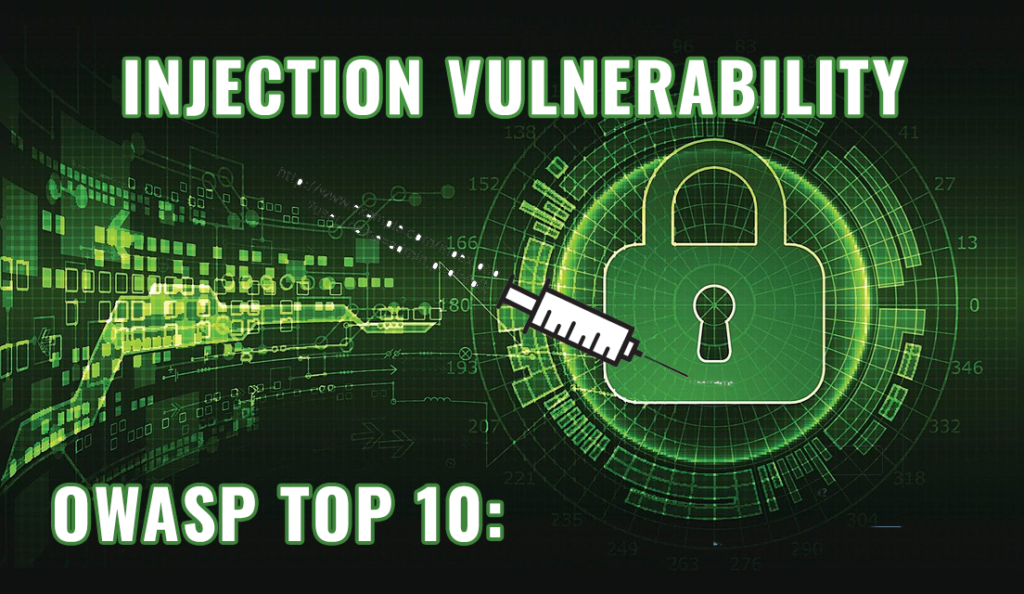SSH (Secure Shell) is a protocol used to securely connect to remote servers. SSH protects data against eavesdropping, tampering and spoofing attacks on the network by encrypting data. SSH also provides functions such as file transfer, tunneling, and port forwarding.
Pentest (Penetration Test) is a controlled penetration test performed to evaluate the security of a system or network. Pentesting is done to detect vulnerabilities, weak points and risks, to see how attackers can access the system and how much damage they can do. Pentesting is also used to measure the effectiveness of security measures and improve security.
Although SSH is a secure protocol, it should be noted that caution should be exercised against security vulnerabilities. SSH is a common method used by attackers to access target systems.
Here are some factors that can affect the security of SSH:
Password attacks: Attackers can perform password attacks by trying different username and password combinations to connect to the SSH server. These attacks can be performed using automated tools or dictionaries. Password attacks target accounts with weak or default passwords.
Key attacks: Attackers can perform a key attack by using previously obtained or stolen private keys to connect to the SSH server. These attacks are possible when keys are unprotected or shared. Key attacks are less common than password attacks, but more dangerous.
Man-in-the-middle attacks: Attackers can perform a man-in-the-middle attack by interrupting or redirecting the connection between the SSH client and its server. These attacks allow the attacker to eavesdrop on data, modify it, or send spoofed messages. Man-in-the-middle attacks are performed to break the encryption and authentication mechanisms that SSH uses.
Pentest is an important tool to evaluate the security of SSH. Pentest analyzes the SSH server’s configuration, protocol version, encryption algorithms it supports, allowed authentication methods, open ports, running services, user accounts and other information. Pentest simulates potential attack scenarios against the SSH server and reports vulnerabilities.
Here are some security measures that can be taken to increase the security of SSH:
Strong password policies: Passwords used to connect to the SSH server should be strong, unique, and changed frequently. Passwords must be sufficient in length, complexity and randomness. It is important that passwords are not shared or given to others.
Key-based authentication: Using key-based authentication to connect to the SSH server is an effective method to prevent password attacks. Key-based authentication uses a private key and a public key pair. The private key is stored and protected on the client side. The public key is stored on the server side and identifies allowed clients. Keys need to be created, distributed and managed securely.
Firewall: Using a firewall to limit access to the SSH server is useful to block unwanted connections. The firewall allows settings such as changing the port on which the SSH server runs (22 by default), creating allow or prohibit rules for specific IP addresses or ranges, restricting the number or duration of connections.
Update and patch: It is important that the SSH server and the systems it is connected to are up-to-date and patched to protect against known security vulnerabilities. The SSH server must support the latest protocol version (SSH-2) and disable older insecure versions (SSH-1). The SSH server must use secure encryption algorithms and reject weak algorithms.
SSH is an indispensable protocol for connecting securely to remote servers. However, the security of SSH also needs to be constantly tested and improved. Pentesting is one of the most effective methods used to evaluate the security of SSH. Pentest reveals the health, vulnerabilities and risks of the SSH server. Pentest also suggests security measures that can be taken to increase the security of SSH.








